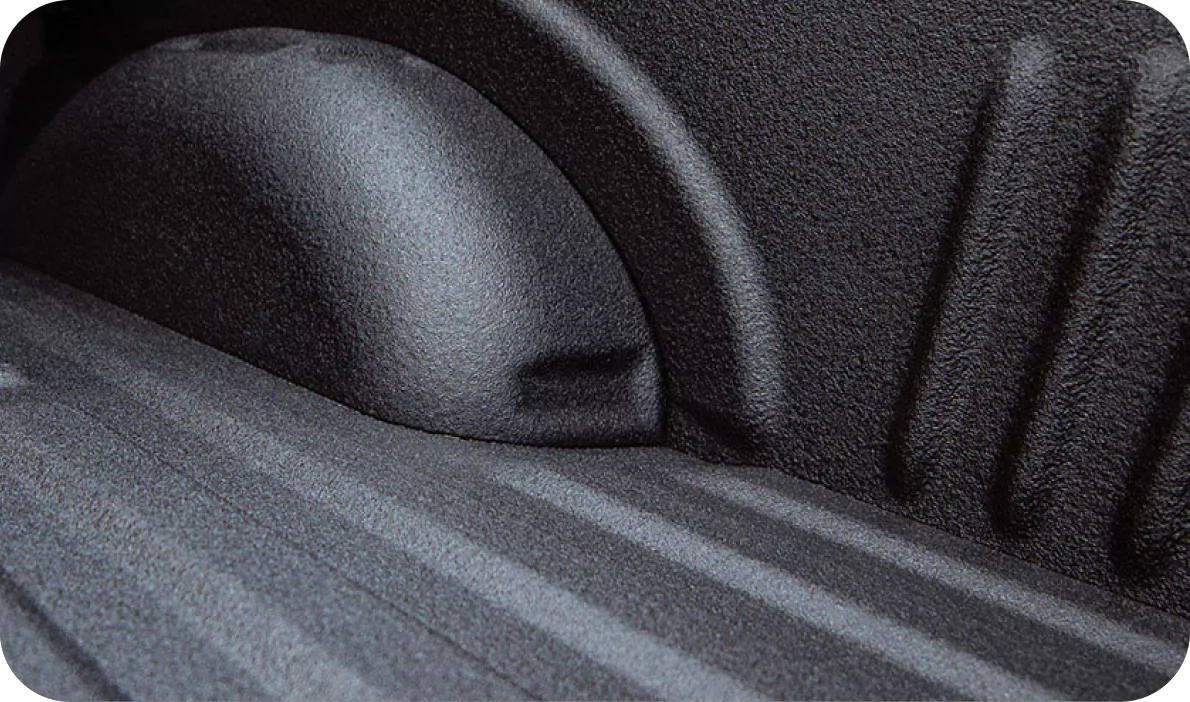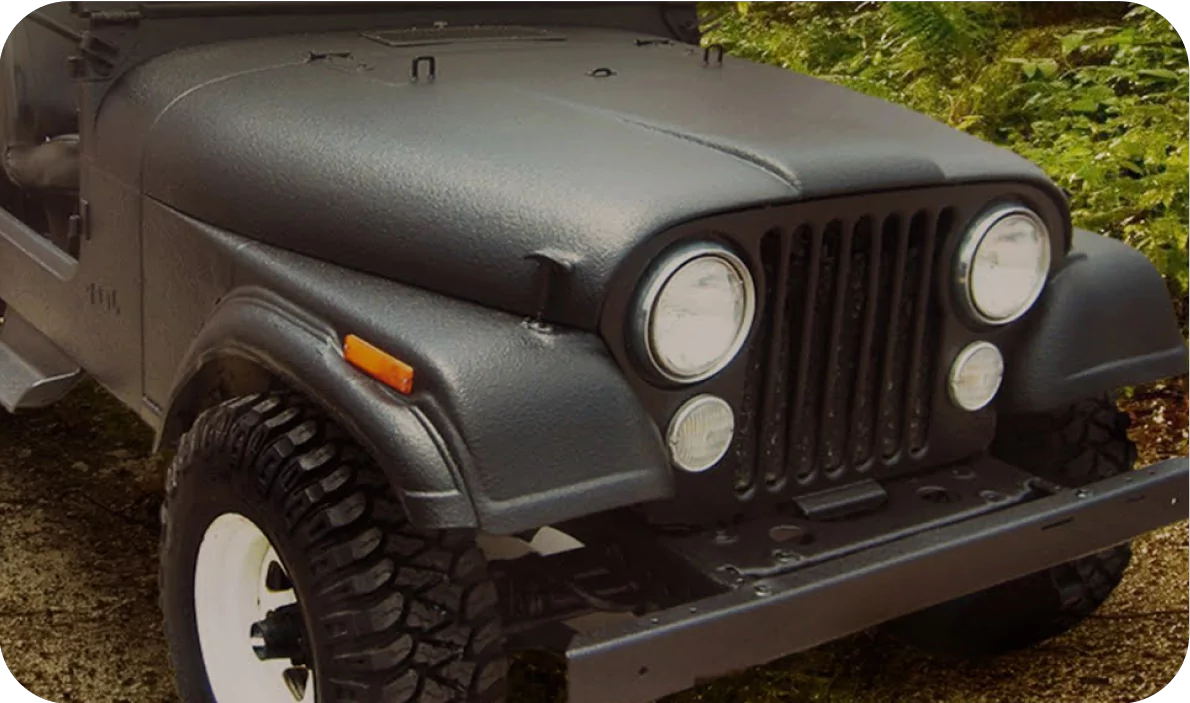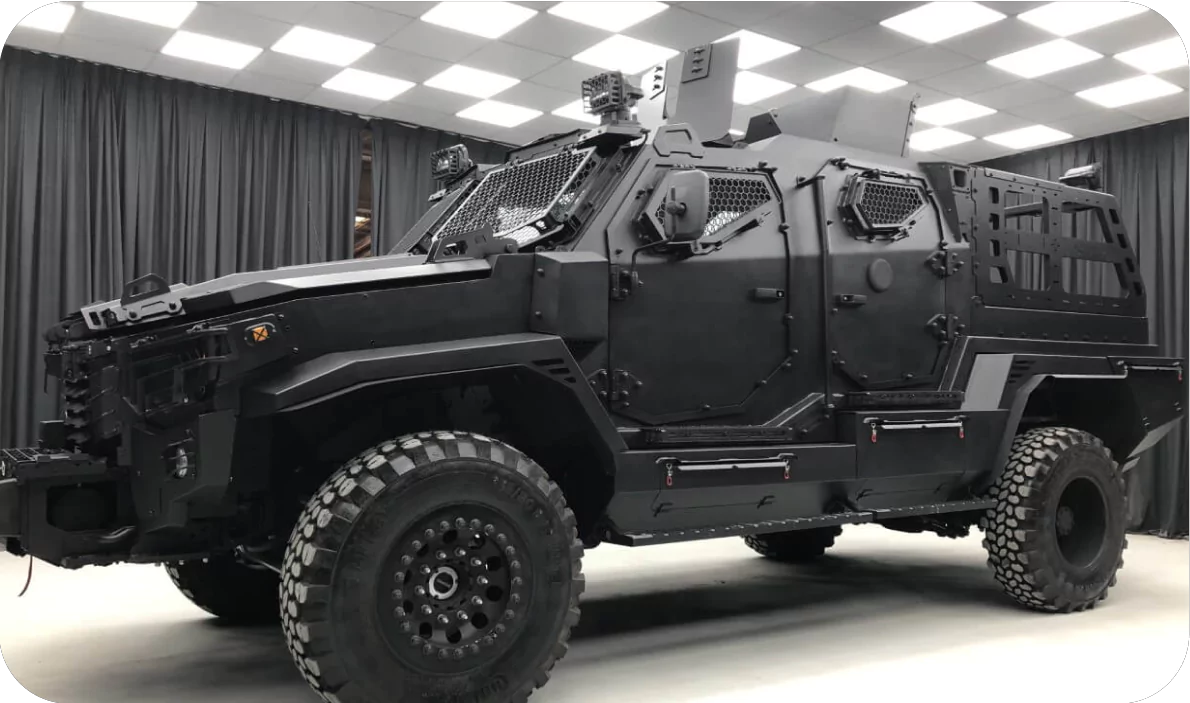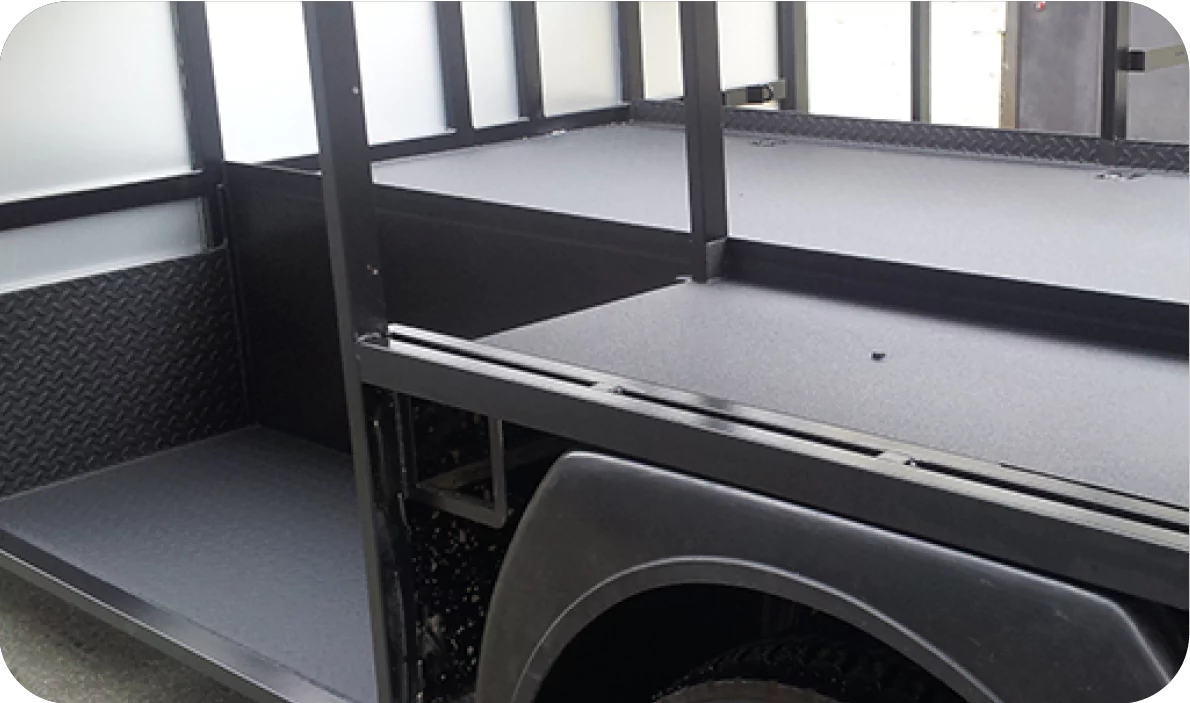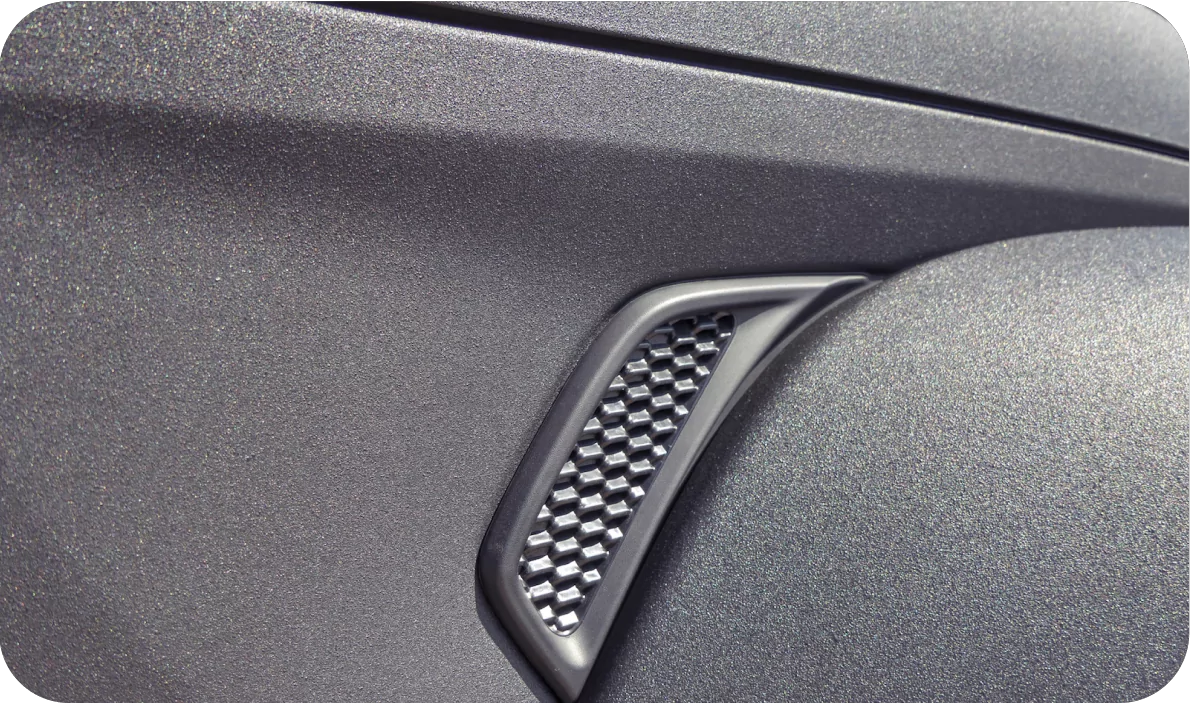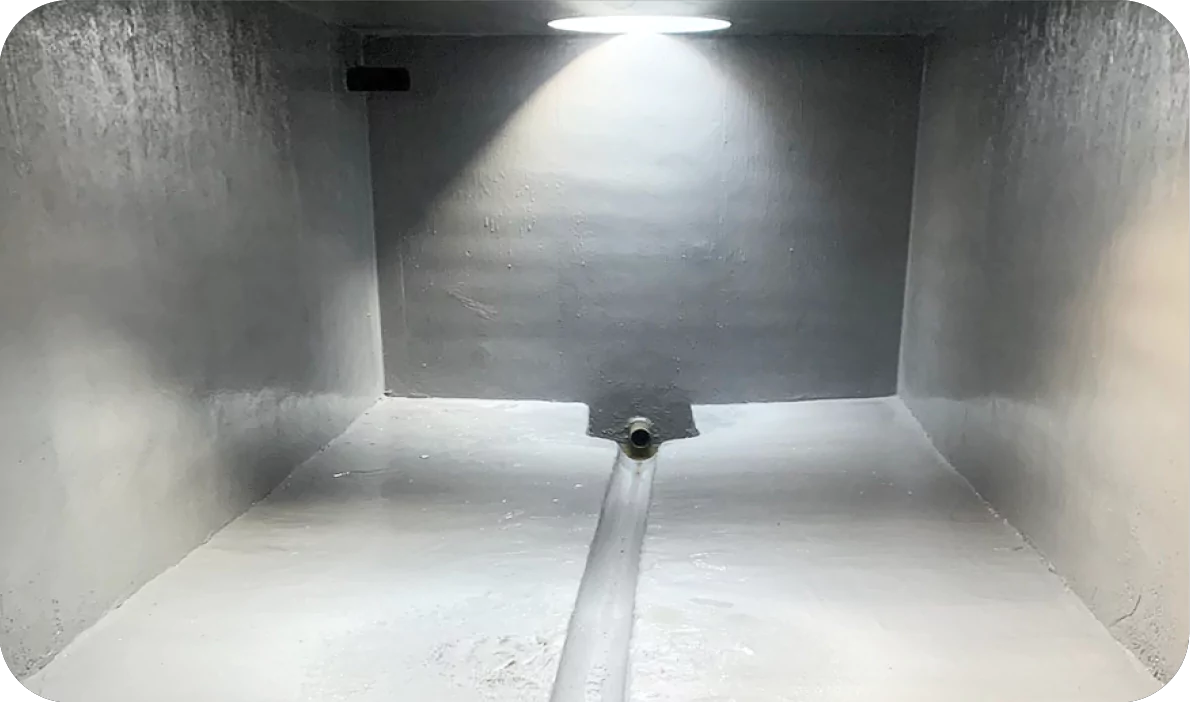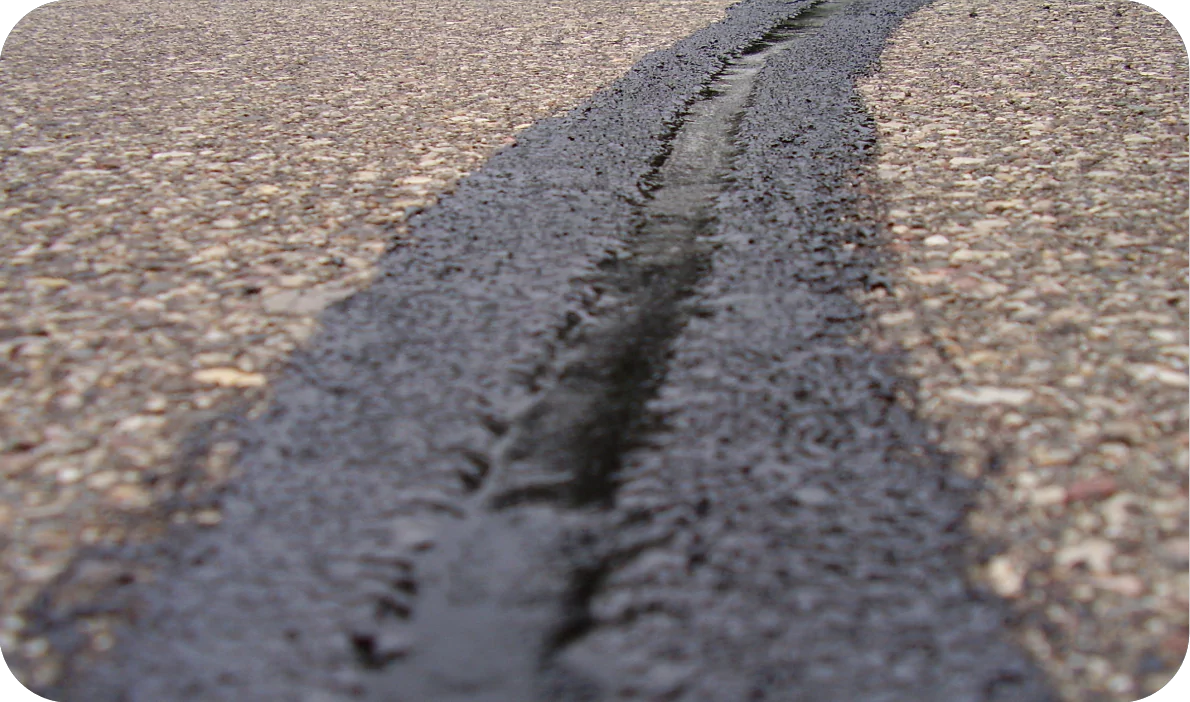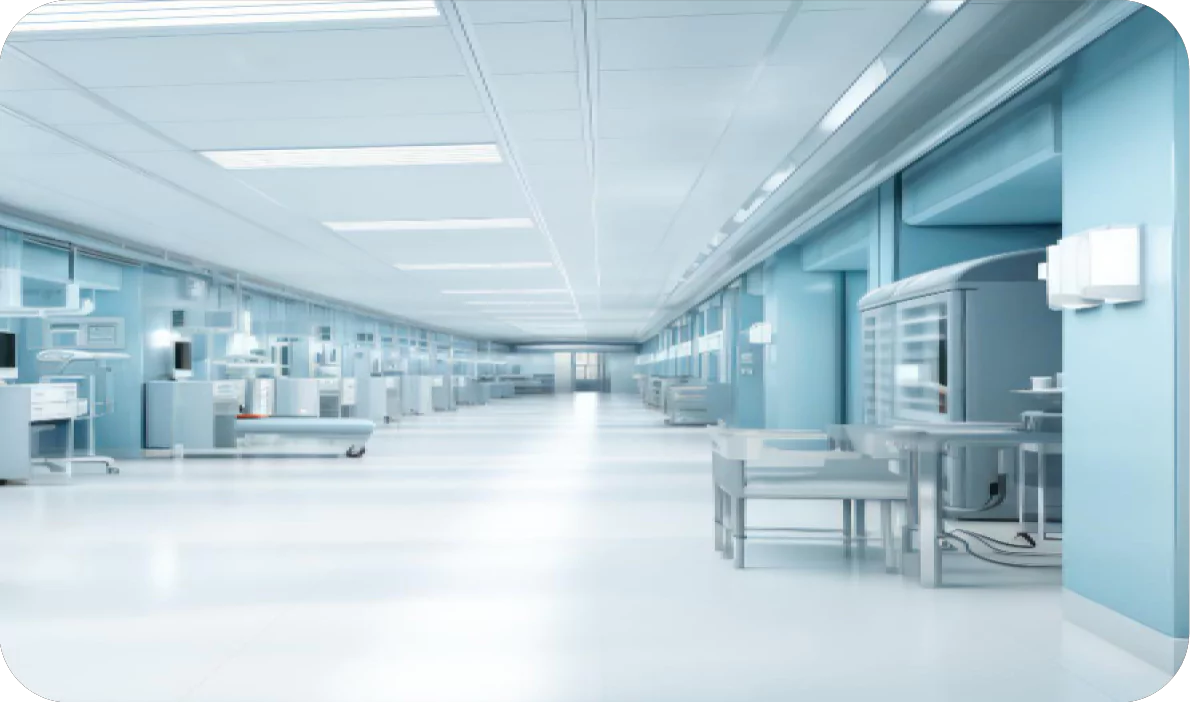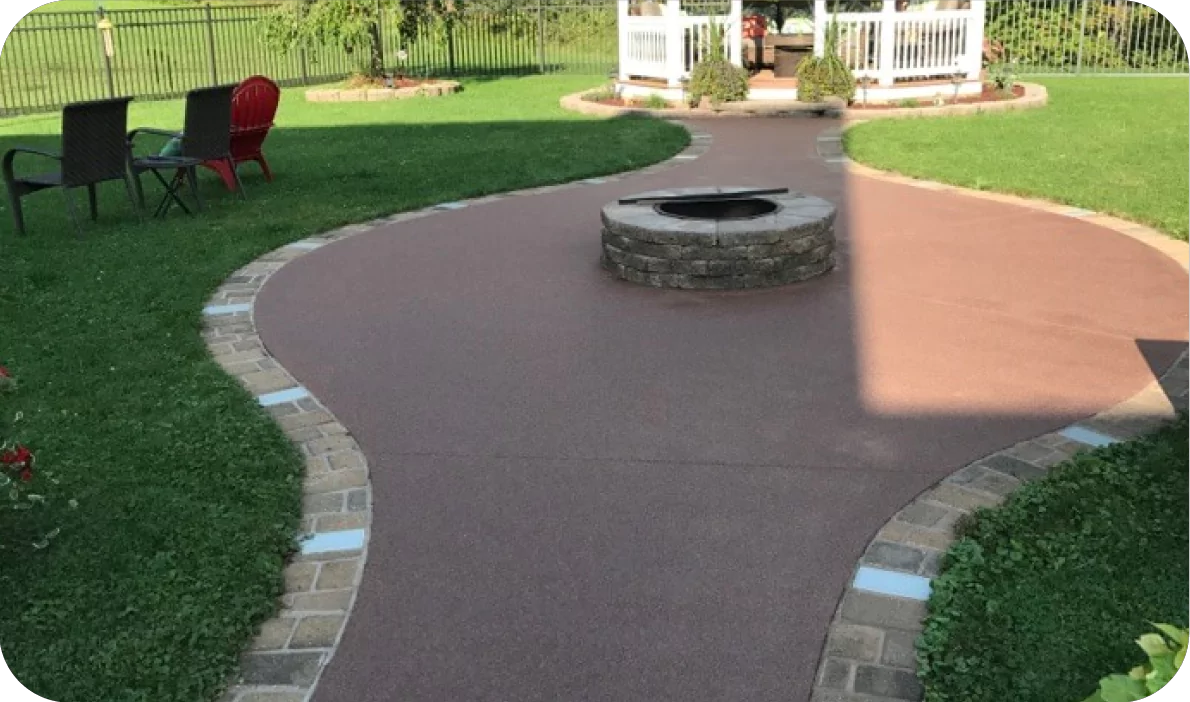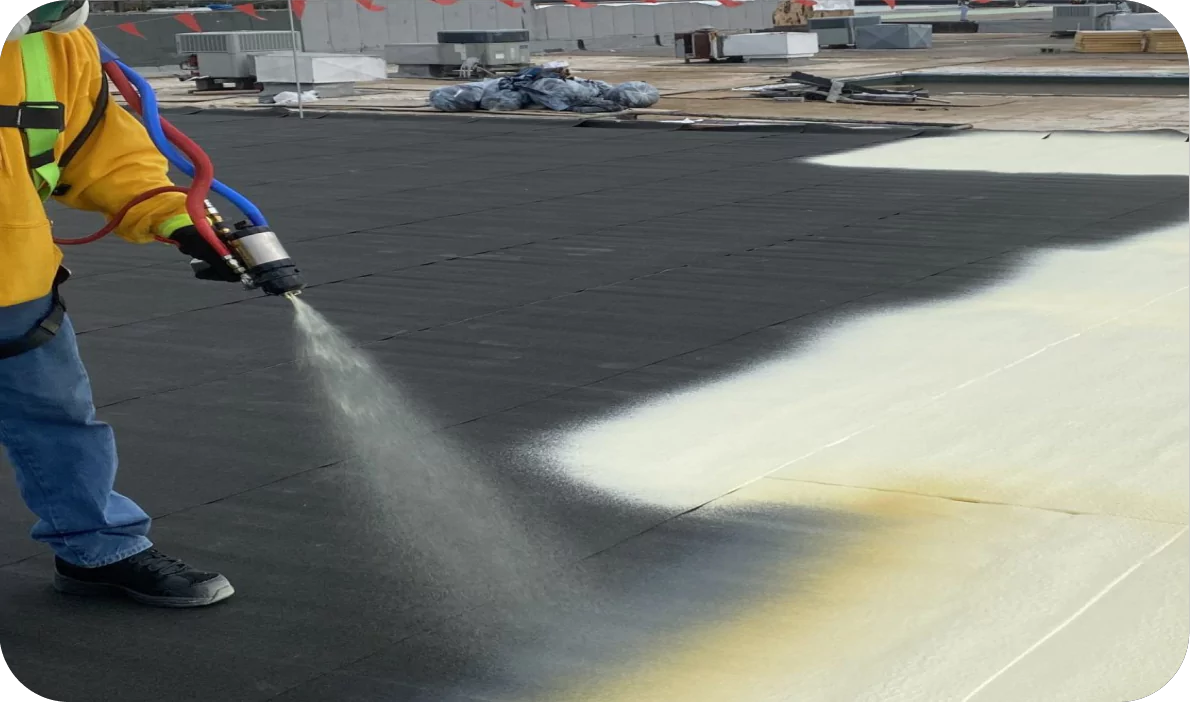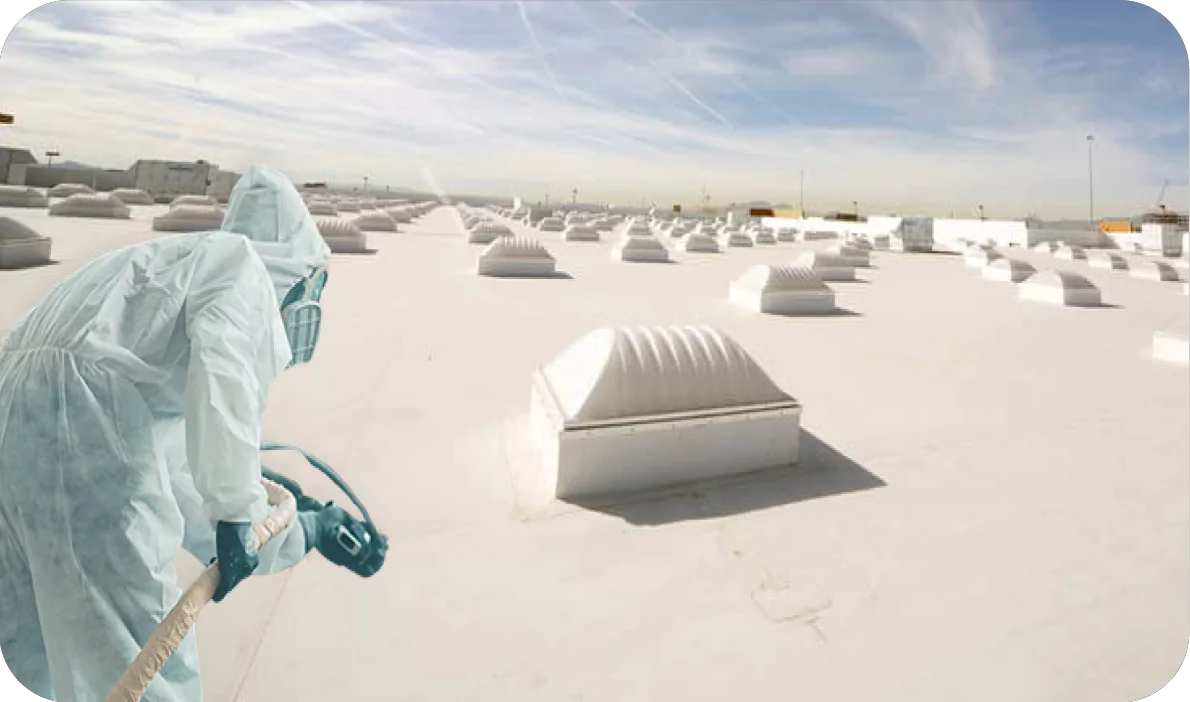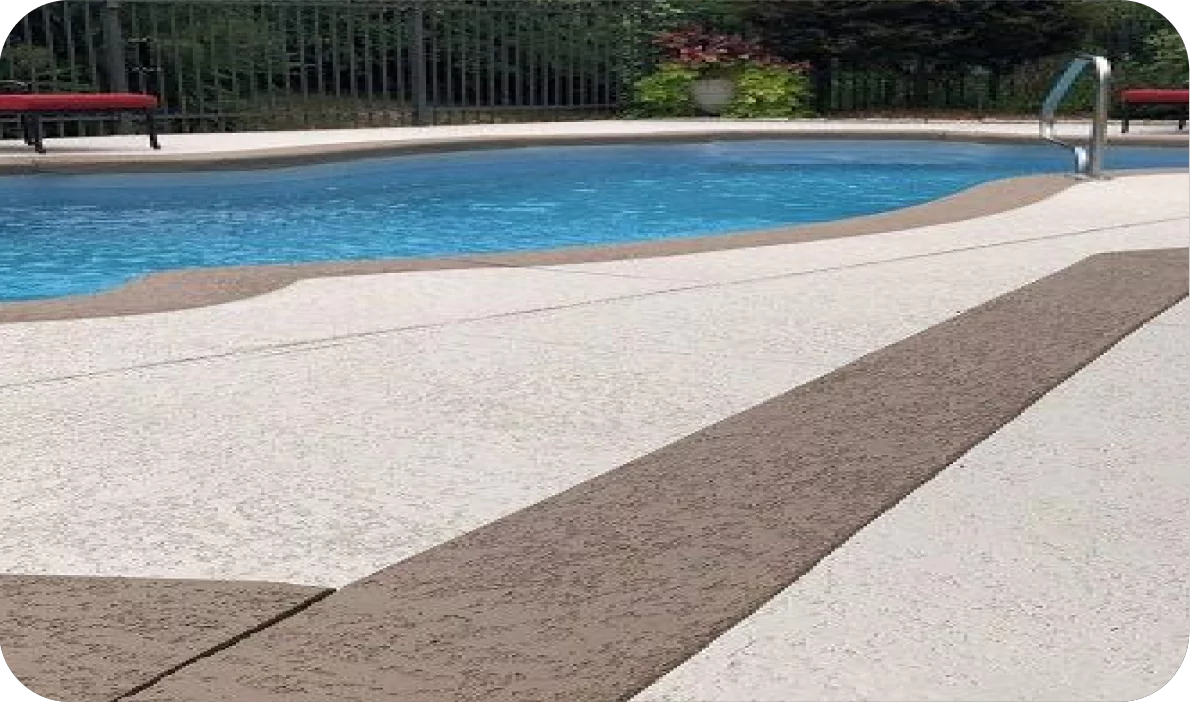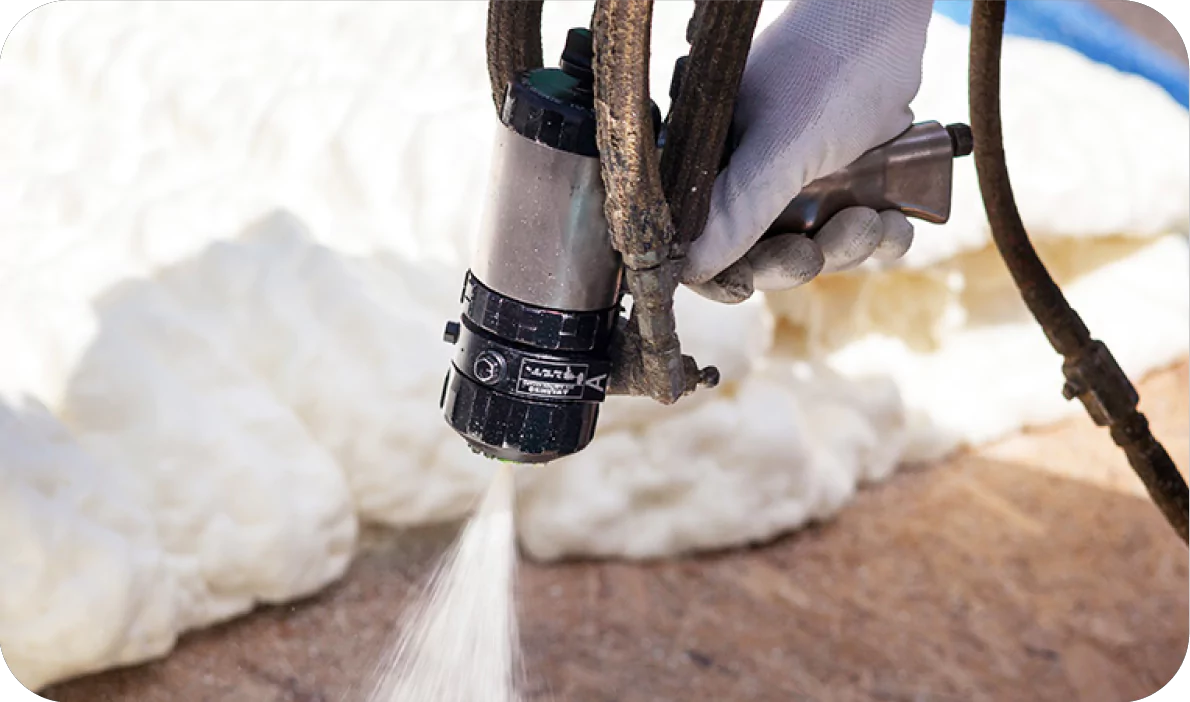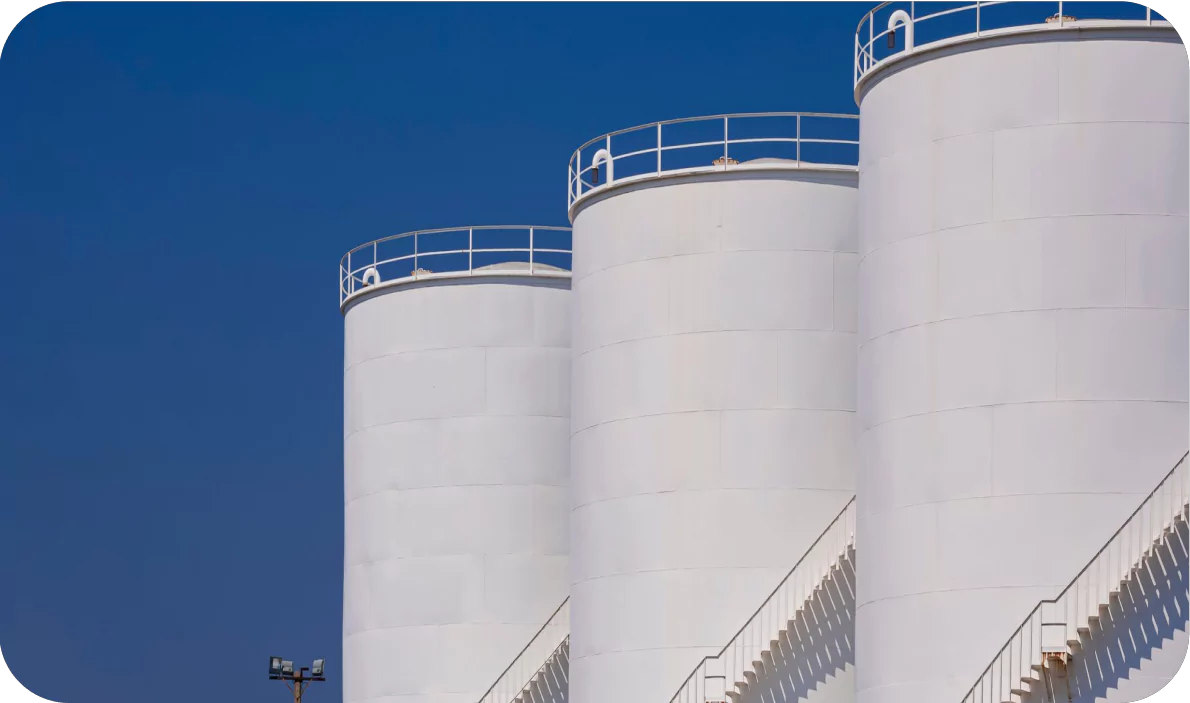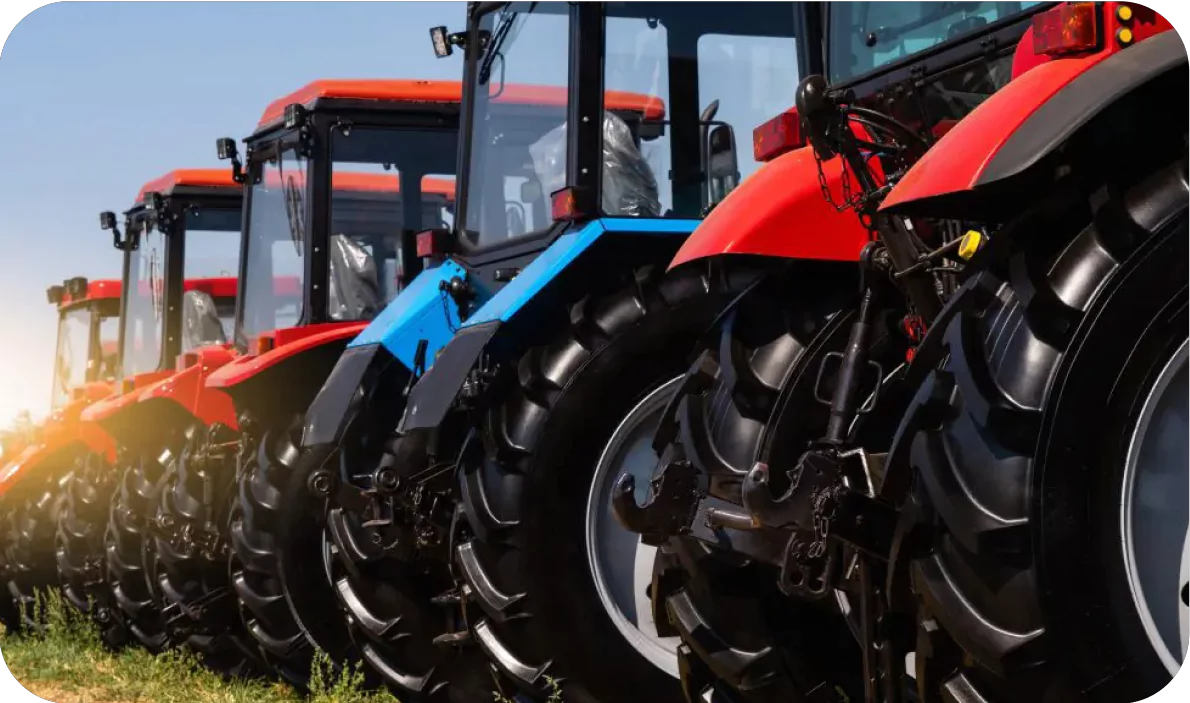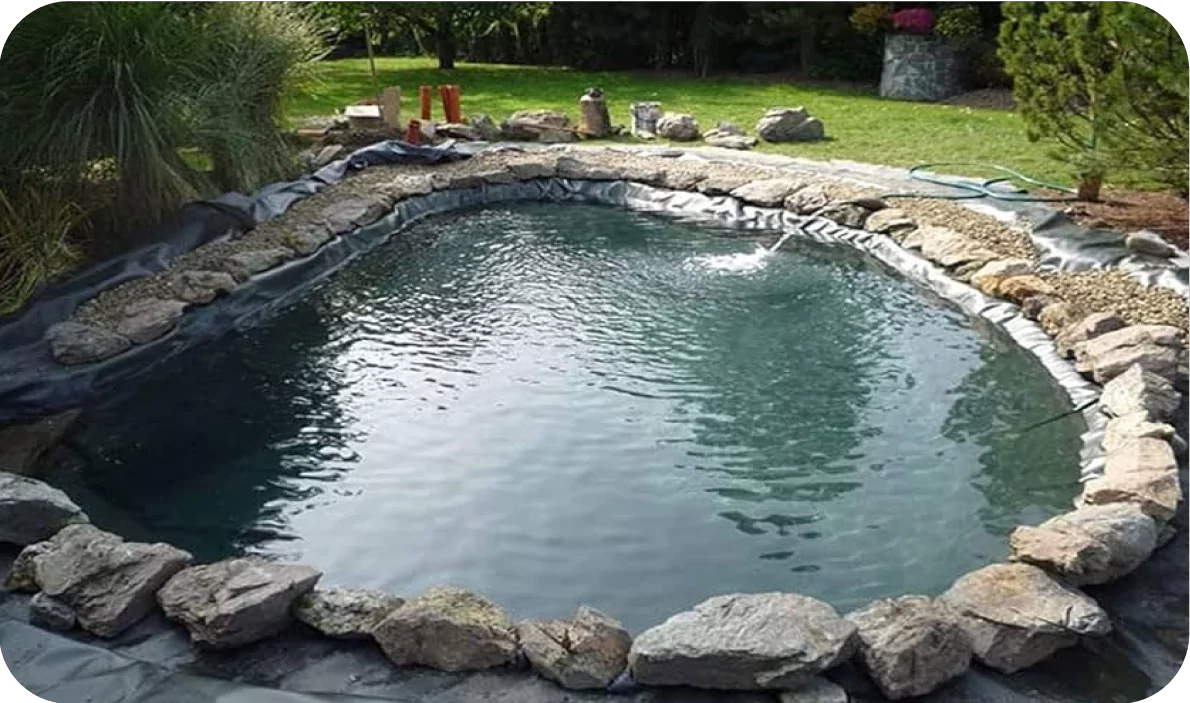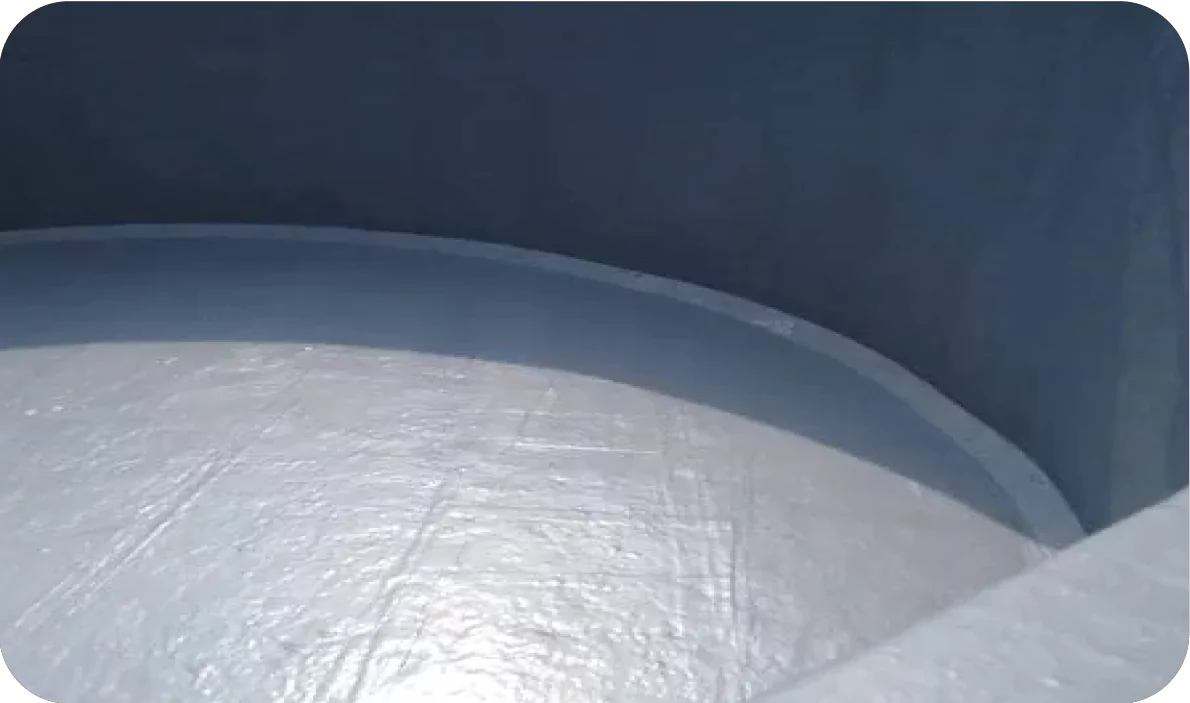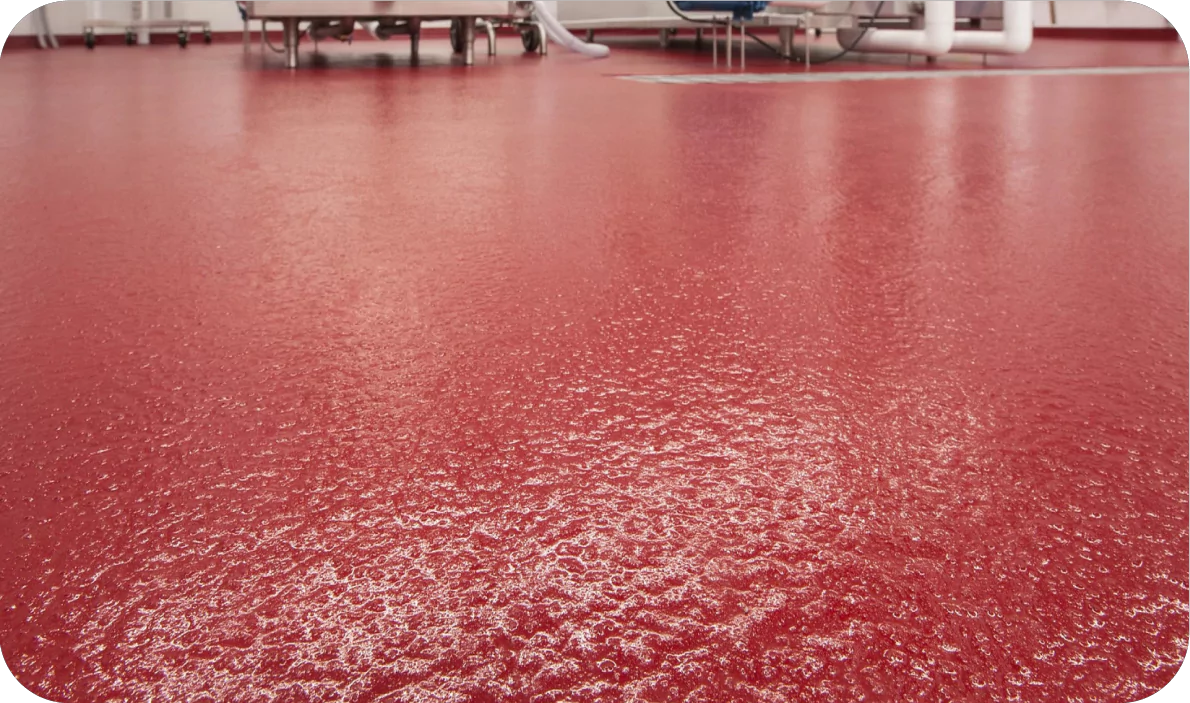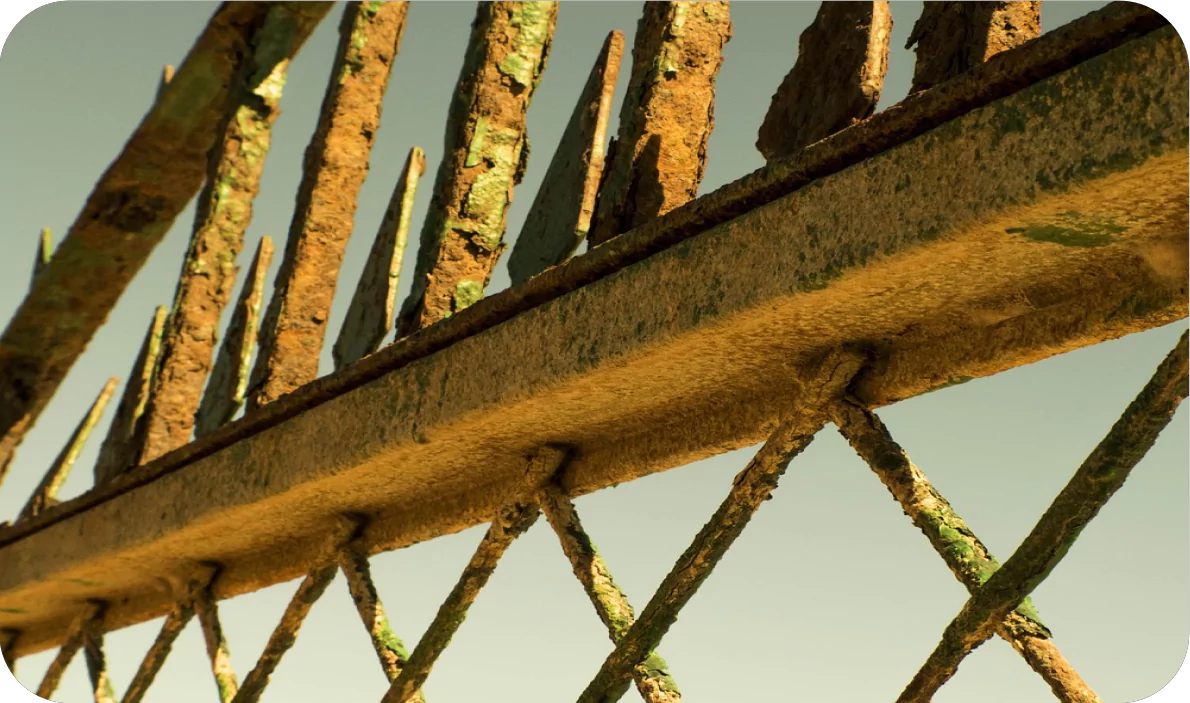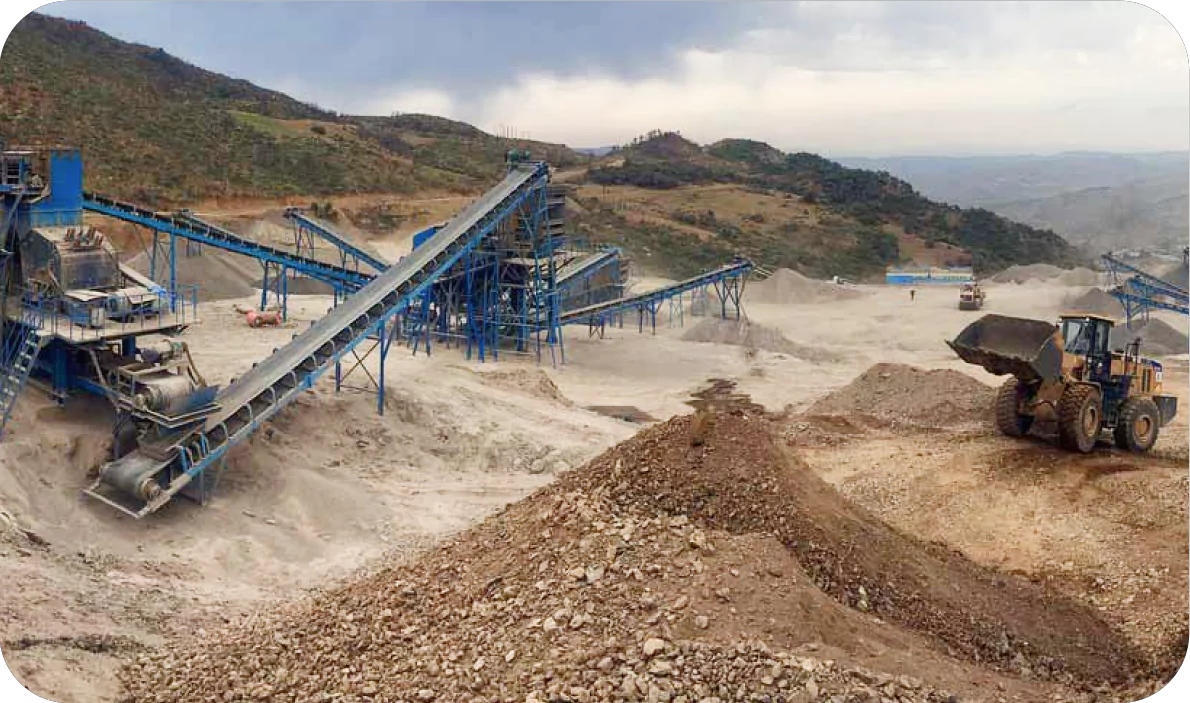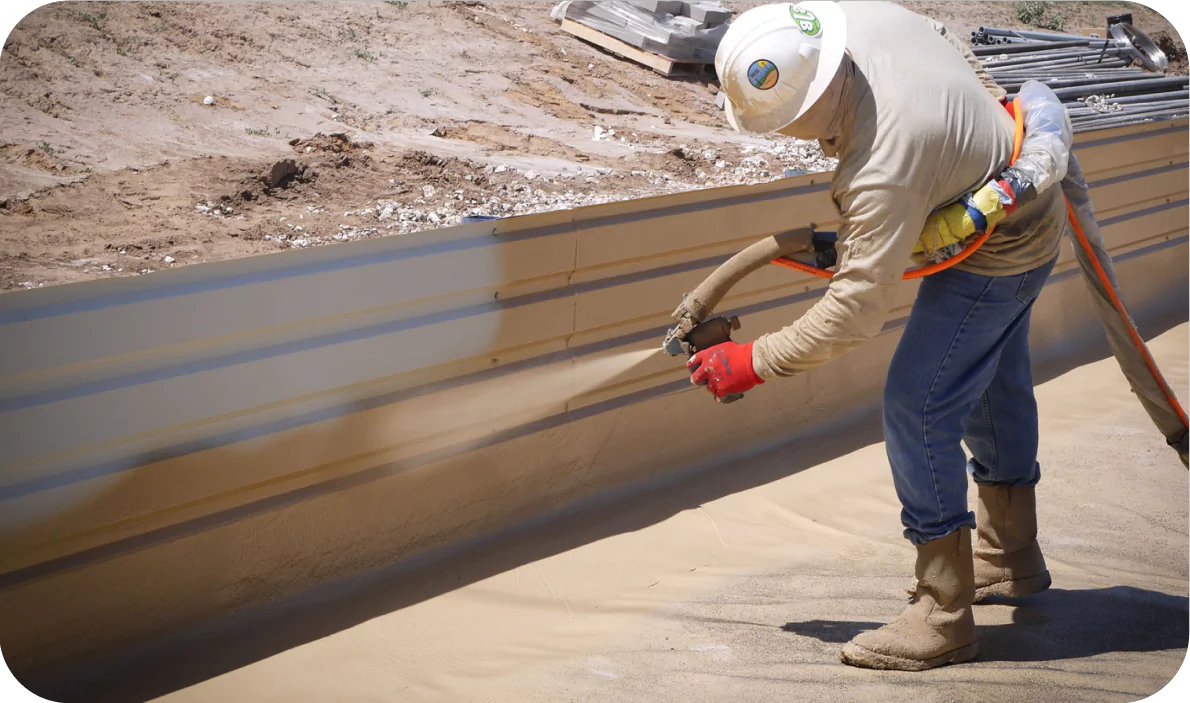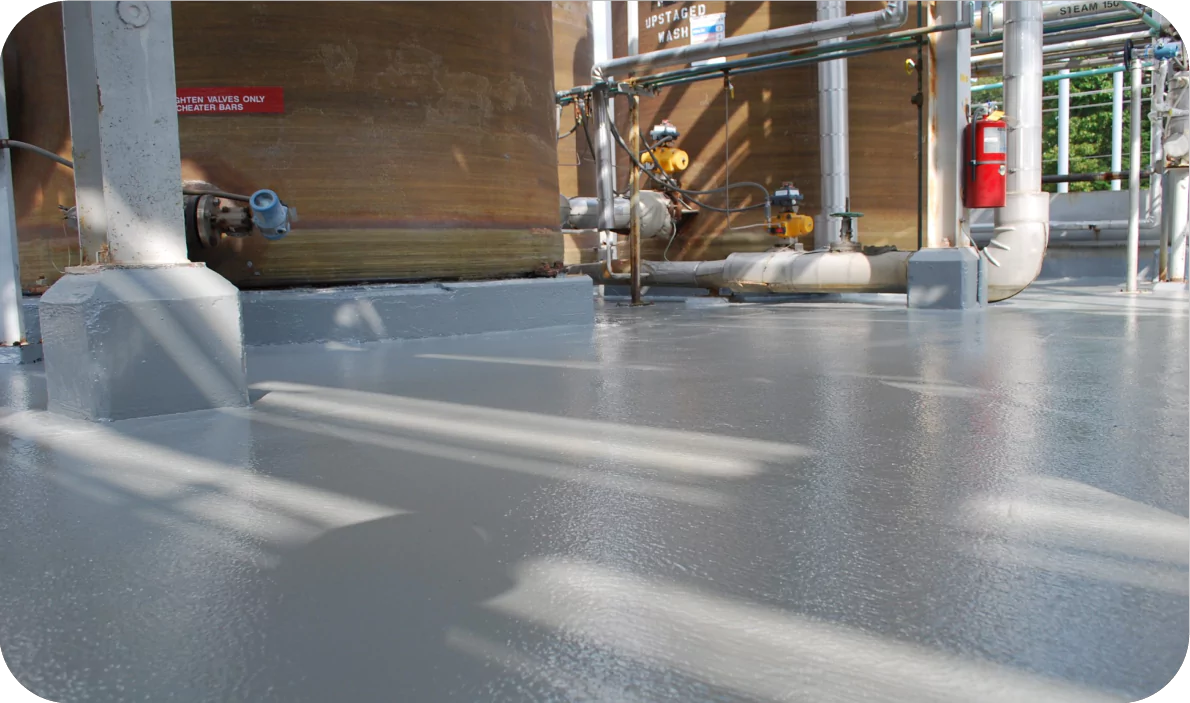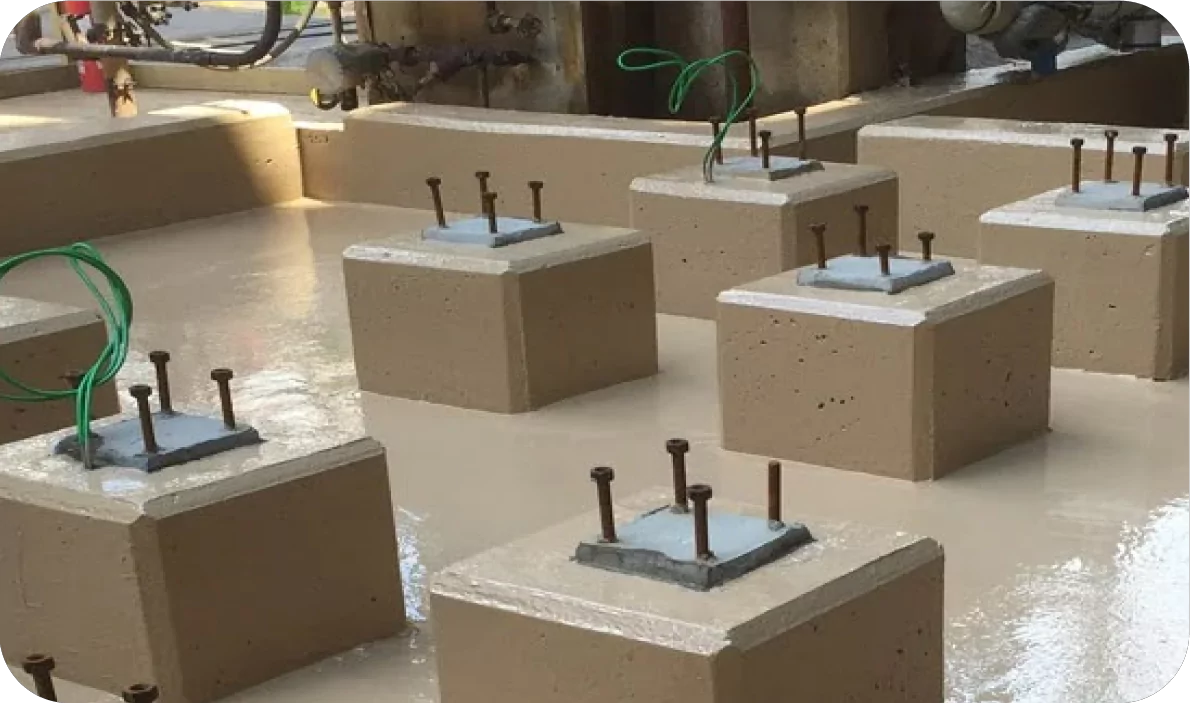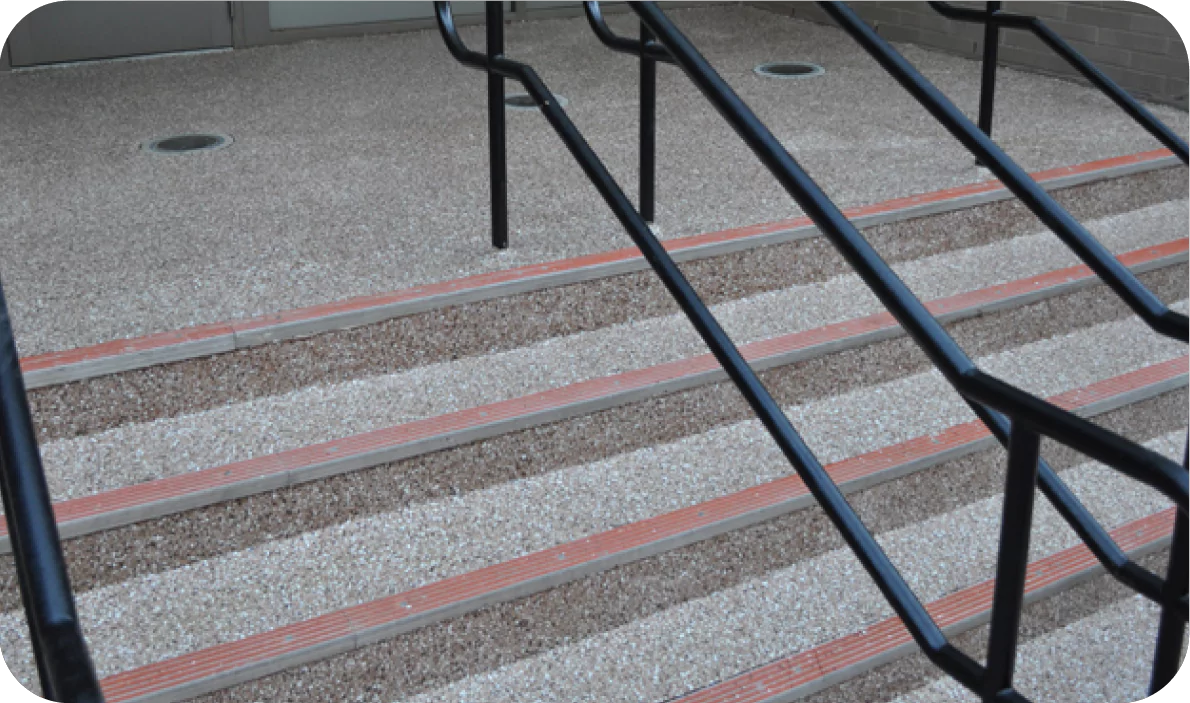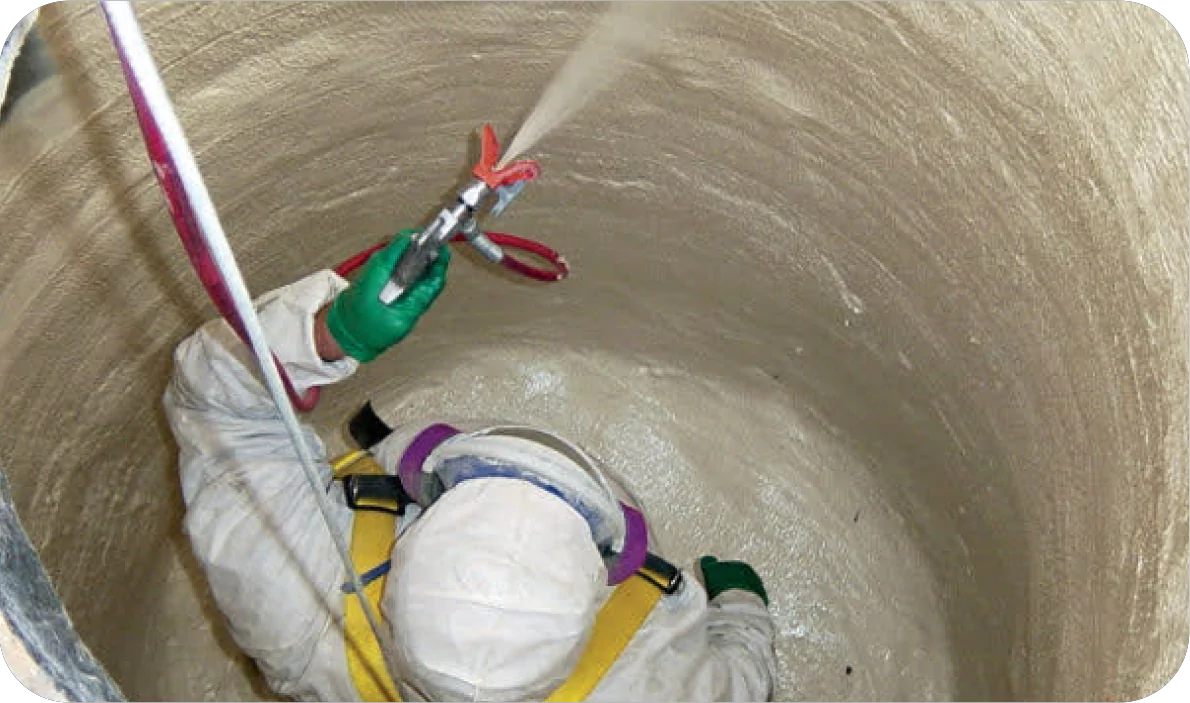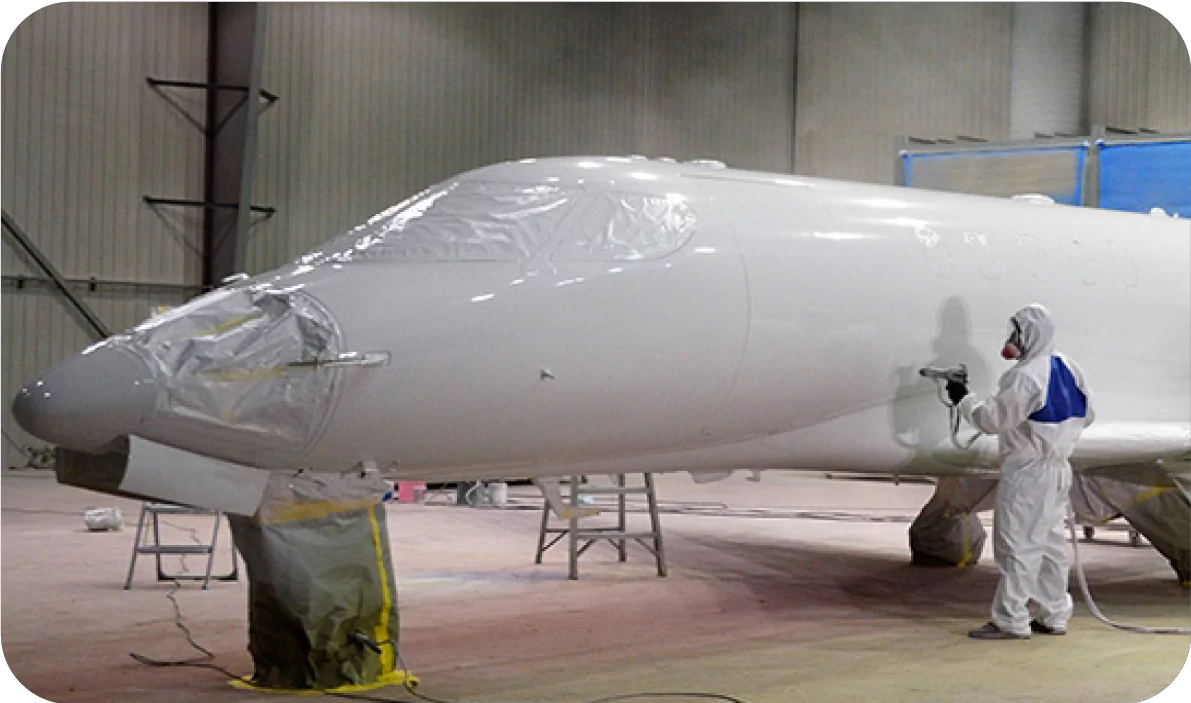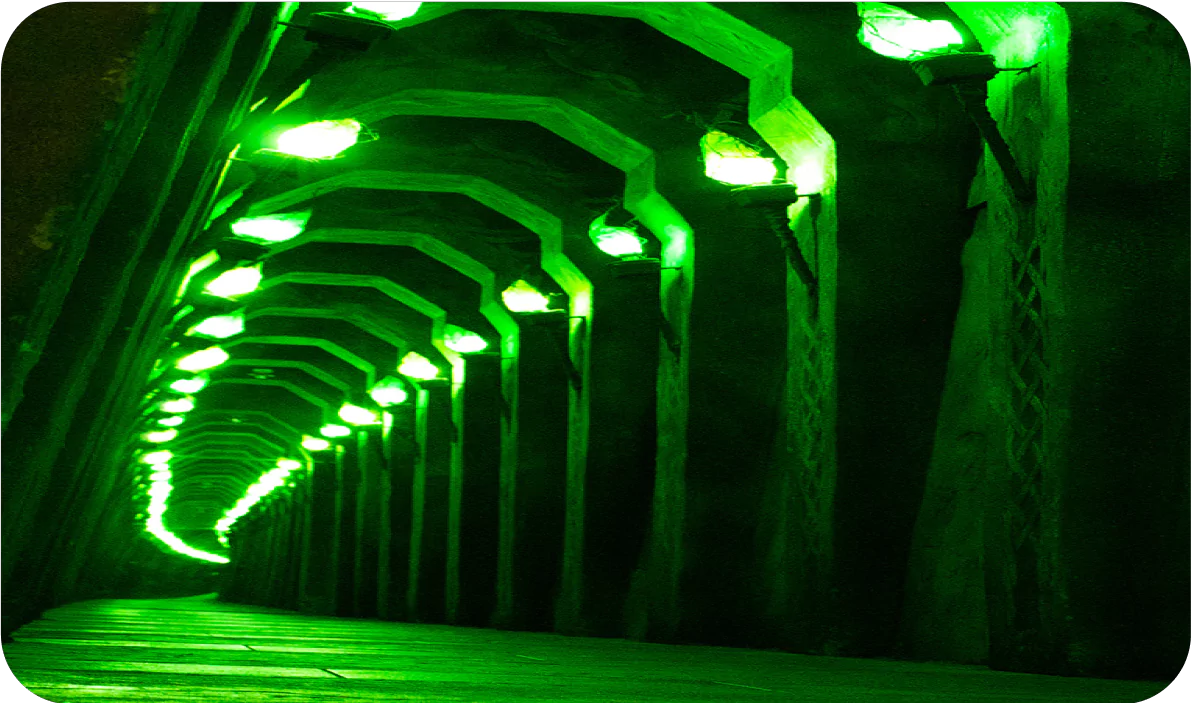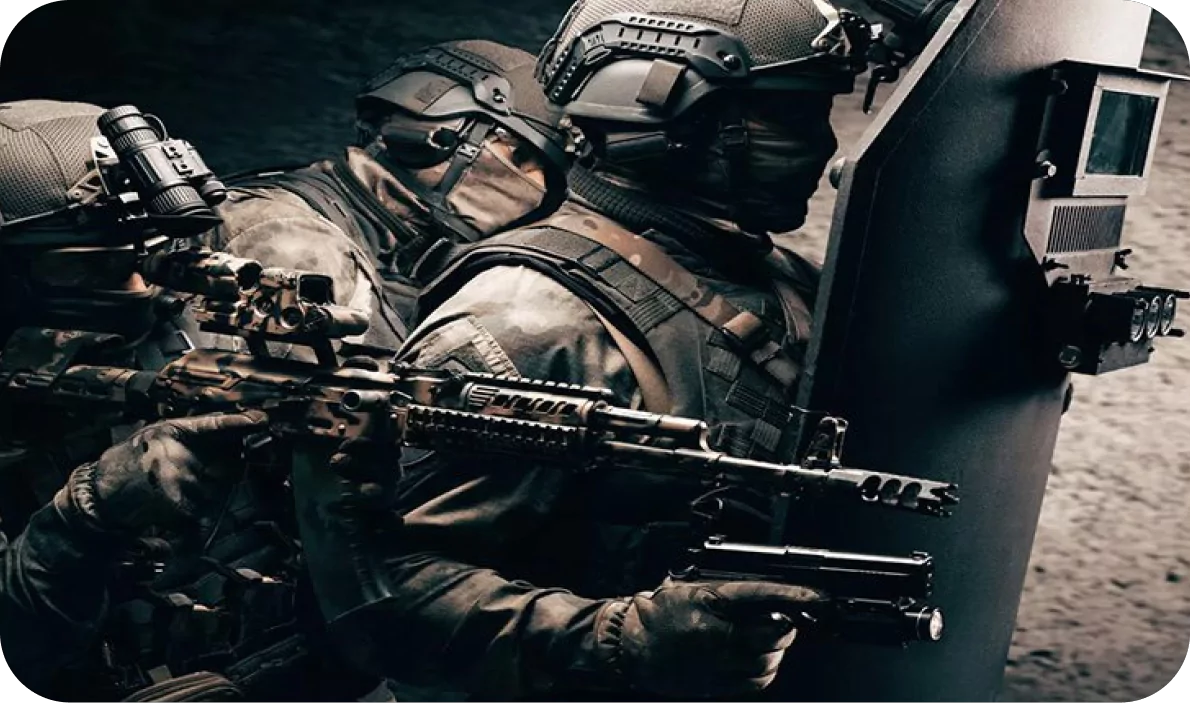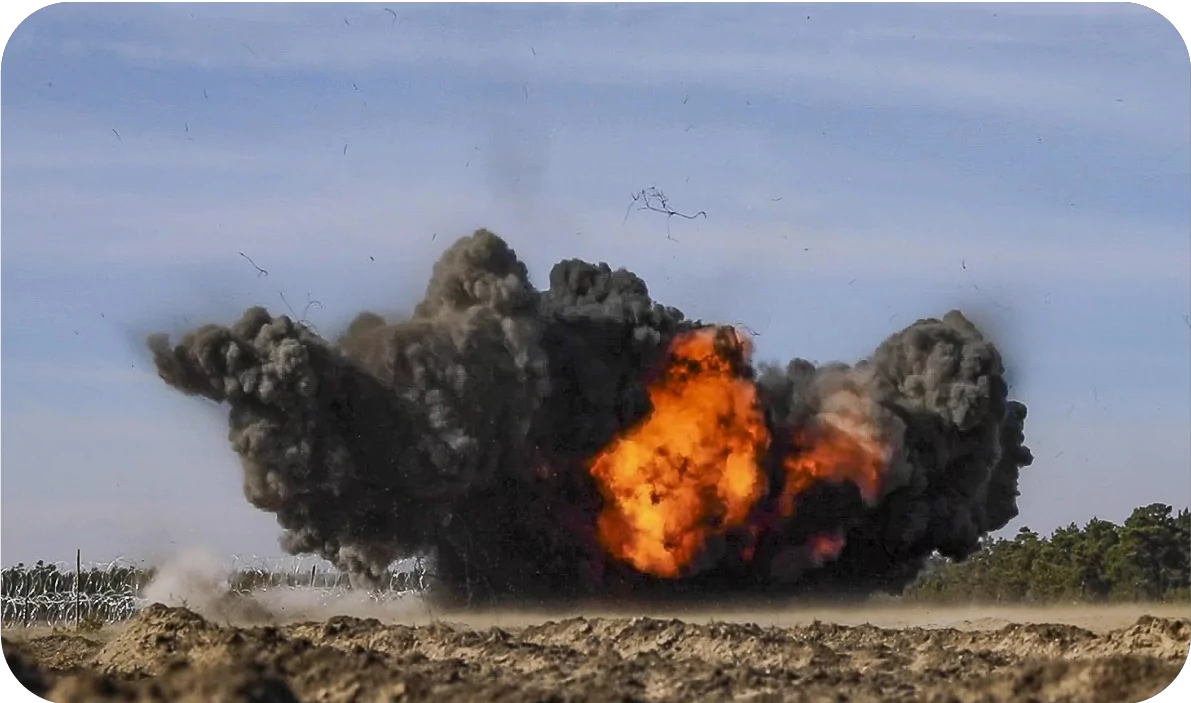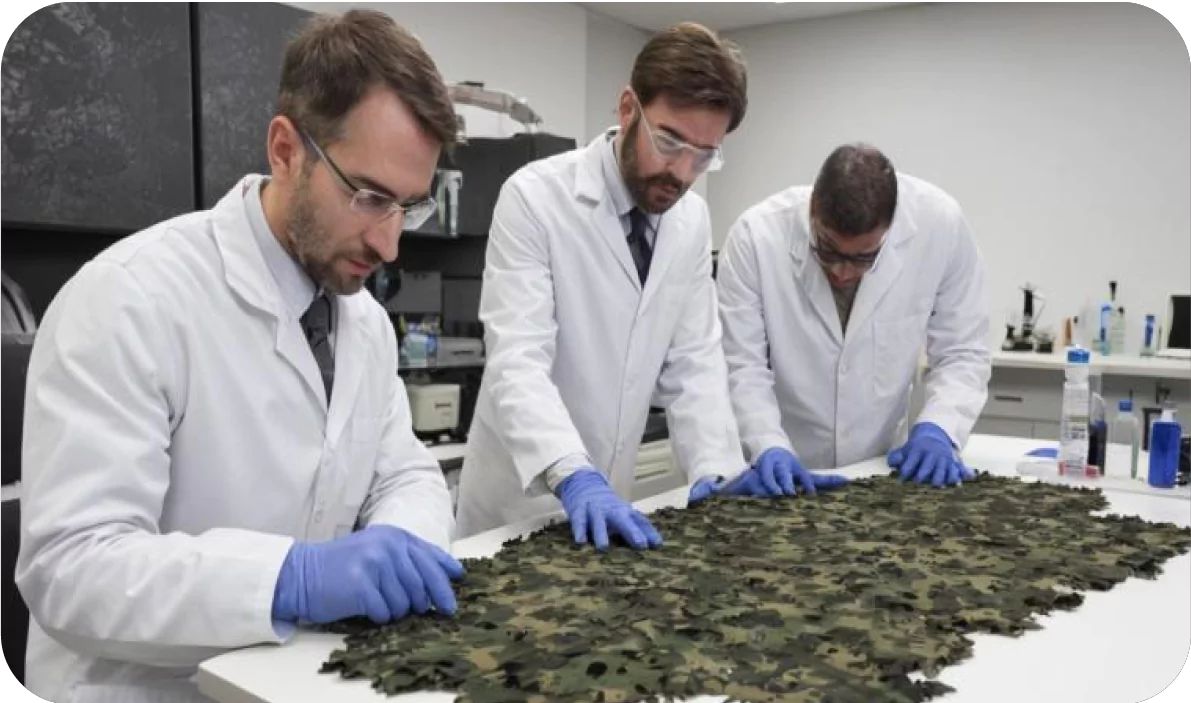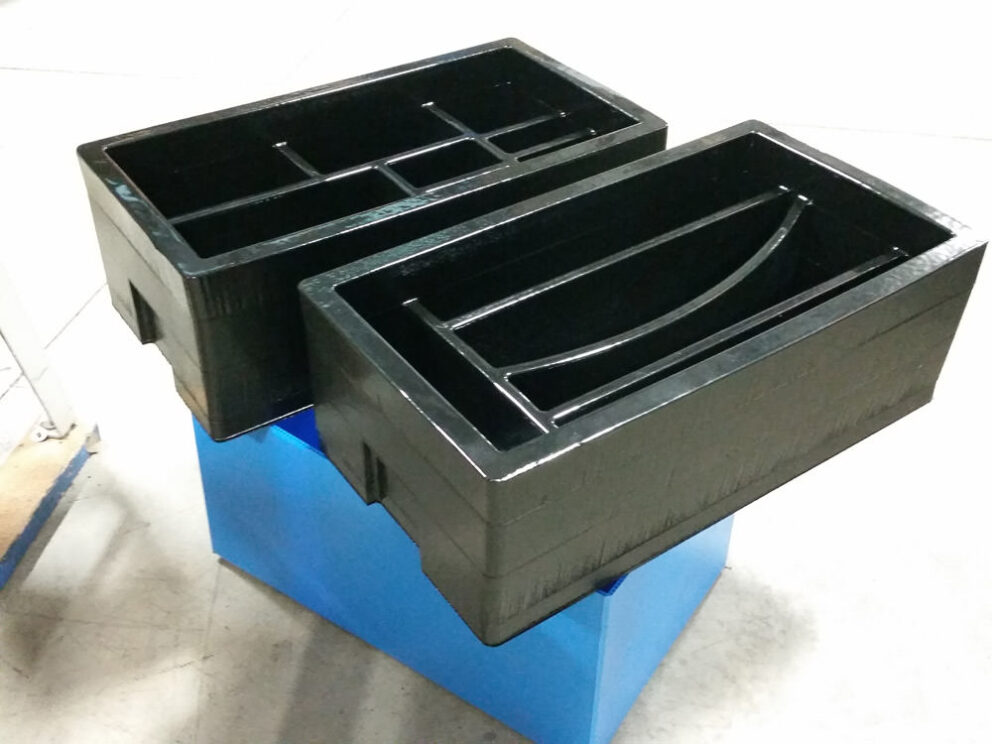CAMOUFLAGE
COATINGS
Military Grade Polyurea and Polyurethane for Enhanced Strength and Concealment
MODERN CAMOUFLAGE
FOR MODERN WARFARE
Camouflage can sound like a fancy term; as if only referring to modern equipment with advanced electronics or sophisticated materials technology. It’s true that camouflage is both more prevalent and more complex today than ever before, and for good reason, but that doesn’t mean camouflage is a recent development. Humans have been using camouflage in one way or another for millenia, hiding from the enemy in a pile of leaves, or covering ourselves in dirt or mud to visually and olfactorily obscure ourselves on a hunt. More recently, over centuries of pre-modern warfare, followed by the catastrophic World Wars of the 20th century (not to mention a handful of other major global conflicts), our early conceptions of camouflage have evolved into what we’re all familiar with today: stochastic, multicolor patterns, typically of neutral tones that match specific combat areas in forests, jungles, deserts, and even the urban environment.
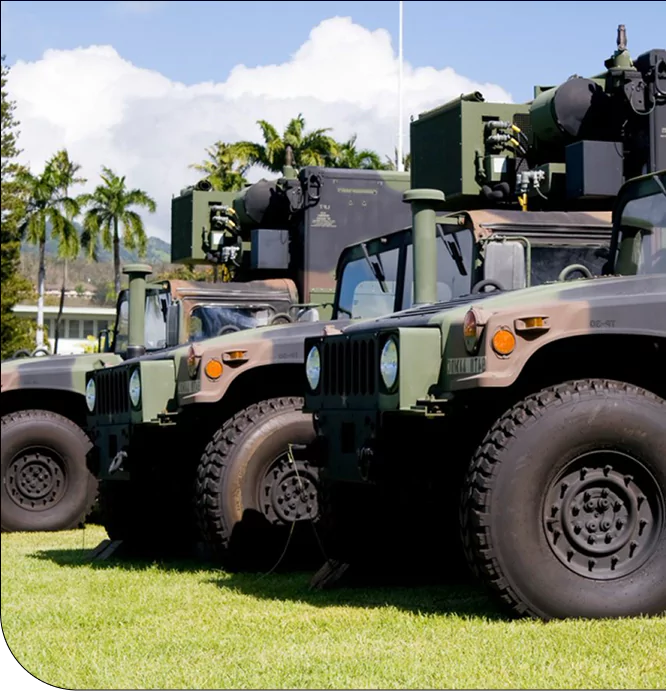
Such camouflaging is applied to innumerable military tools and infrastructure, most famously including military aircraft, naval vessels, tanks, ground vehicles, and uniforms. However, the way it’s applied is always changing, and recent years have seen the rise of camouflage coatings. These high-performance coatings are made from strong but flexible elastomers like polyurea and polyurethane, which can be formulated in custom colors and textures, and applied with precision to realize optimal patterning for maximum concealment. It’s an incredible technology, and ArmorThane is proud to support the military and defense industry with high-quality camouflage coatings that offer protection well and beyond that of camouflage alone.
THE SCIENCE OF CAMOUFLAGE
Camouflage is nothing short of a magic trick, playing on our perceptions, and misperceptions, to fool us into misinterpreting visual information. Traditional camouflage – think GI Joe and Saving Private Ryan – achieve this using two key elements, which are colors, and patterns. While a complicated field of study, the long and short of it is that by selecting colors and patterns that blend in with the environment, and carry several universally beneficial characteristics like disruptive coloration, structures can be obscured from view at short and long distances alike. Now, this is no invisibility cloak, and camouflaging can’t hide you from more modern detection tools like IR imaging, but camouflage can nonetheless make a significant difference to overall visibility, and therefore the likelihood of ambush or unobserved surveillance.

Camouflage coatings take this current understanding of camouflage patterns, and apply it to protective coatings. ArmorThane’s high-performance spray elastomer technology employs polyurea and polyurethane, which can be formulated in almost any desired color or finish, making them perfect for creating highly effective camouflage patterning. Moreover, unlike traditional camouflage paints that are more susceptible to damage and degradation, camouflage coatings combine concealment with physical and chemical protection. Our camouflage coatings are both strong and flexible, as well as highly resistant to the most common types of wear and tear including forceful impacts, harsh abrasion, and chemical corrosion. So whether equipment is facing strong blasts or simply some humid weather, our camouflage coatings can help you prepare for the worst, and avoid it in the first place.

BEYOND THE BATTLEFIELD
Even though camouflage was developed for its functionality, it’s become a popular aesthetic for personal belongings of almost every kind. Clothing, consumer vehicles, personal electronic devices, outdoor equipment – the list is truly endless. It seems there’s an unquenchable thirst for camouflage products, and camouflage coatings are just as well suited for these private applications as they are for military ones. Moreover, consumer interest goes beyond the visual appeal, as there remain plenty of practical applications for non-military personnel as well. Hunters, scientists, private security firms – hell, even private investigators can benefit from the same shielding concealment of camouflage coatings, making them truly all-purpose and all the more valuable.


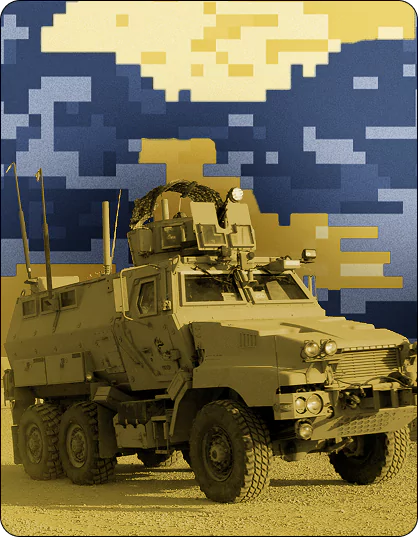
latest news & bLOGS
FREQUENTLY ASKED QUESTIONS
Camouflage coatings are a stronger and more durable alternative to camouflage paint, functioning to minimize the likelihood of being seen, typically in military contexts. They’re made of robust materials like polyurea and polyurethane, which can be formulated in many different colors and finishes, allowing for precise camouflaging with the added benefit of improved protection against myriad chemical and mechanical risk factors.
One of the many advantages to camouflage coatings, especially when made of advanced spray elastomer technology like ArmorThane’s polyurea and polyurethane, is its rapid cure and dry rates. In as little as minutes, freshly applied camouflage coatings can be ready for action, that is, if you’ll be able to find them!
Camouflage coatings are often considered a superior alternative to camouflage paint. Specialty paints may succeed at applying a camouflage facade, but that’s exactly what it is - a facade. With camouflage coatings, layers of durable elastomers are used instead of easily damaged or degraded paints, offering better camouflage for longer, while also helping to keep people and equipment safe and secure.
PARTNER WITH ARMORTHANE FOR STRONGER,
STEALTHIER CAMOUFLAGE
PARTNER WITH ARMORTHANE
FOR STRONGER, STEALTHIER
CAMOUFLAGE
Whether soldier or civilian, if you’re searching for the best solution for staying hidden and secure, look no further than ArmorThane. Our coatings may be camouflage, but our intentions certainly aren’t; we’re coatings experts with more than 35 years in the business, becoming the industry’s one-stop shop for everything polyurea and polyurethane. We have a proud history of servicing the military and defense industry, and offer several premier solutions for military applications including blast mitigation, ballistic protection, and radar absorbance. Of course, our military portfolio also includes camouflage coatings, where we’ve been a leader in the field, even participating in NATO blast mitigation testing. If you’re interested in learning more about ArmorThane and our suite of polyurea and polyurethane services, or are ready to get situated with a new installation of high-performance camouflage coatings, contact us today!
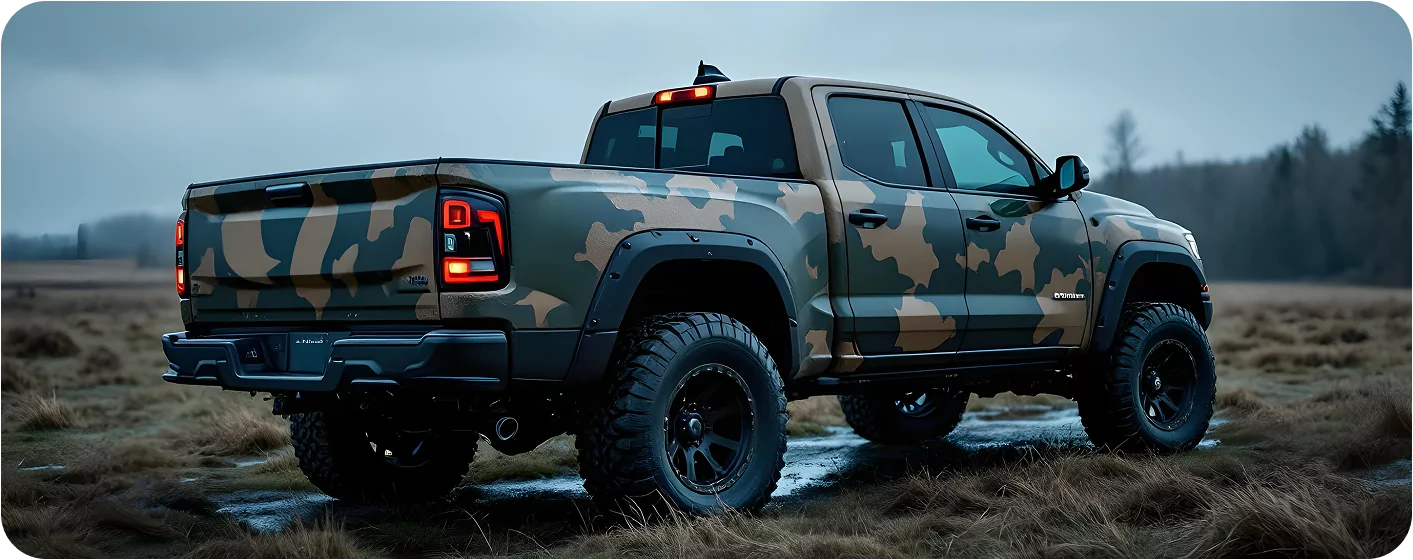
CONTACT US
REQUEST A QUOTE
ArmorThane has built a strong reputation over the past 30 years for producing high-quality, durable protective coatings.

Phone Number
Tel: 417.831.5090

Email Us
moreinfo@armorthane.com

ABOUT THE AUTHOR
TYLER GLECKLER
I am a chemist with a specialization in nanotechnology and applied materials chemistry. My work has focused on the characterization of optoelectronic materials, namely including semiconductor nanocrystals.
